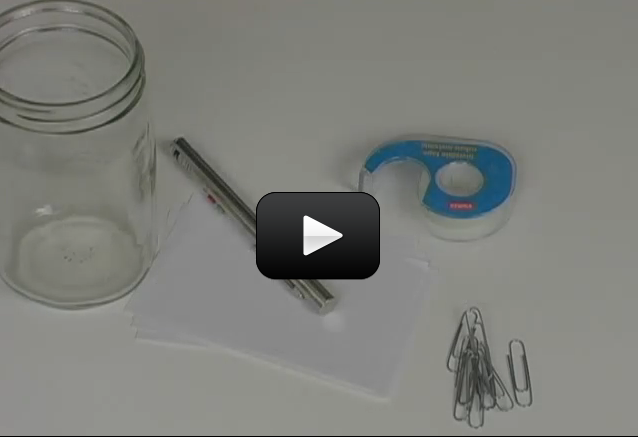This simple activity has surprising results! We’re going to bend light using plain water. Light bends when it travels from one medium to another, like going from air to a window, or from a window to water. Each time it travels to a new medium, it bends, or refracts. When light refracts, it changes speed and wavelength, which means it also changes direction.
Please login or register to read the rest of this content.


It absolutely does! Thanks a lot!!
Thank you for your request. We provide over 700 worksheets for the kids, and I totally understand how it helps students stay organized. We do also want to encourage kids create their own data tables and lab worksheets – we spend time each month during the live classes outlining exactly how to do this just like a real scientist. The key here is to use the worksheets as a training tool, but not to always rely on other people giving you worksheets to fill out.
The purpose of the worksheet is to organize your thoughts around your experiment. The purpose of doing experiments is to answer questions that you have about something you are curious about.
This means that after a bit, we want your kids to learn how to ask better questions and start to design experiments around those questions, and then be able to take data and figure out a result – an answer to that question. That way, the worksheets are about what your student is interested in and learning about. Does that make sense?
The experiments we provide you with in the instructional videos are just the first step, we want the students to do above and beyond what we’re showing with their ideas and their curious questions. At first, it’s fine to just follow the video and fill out the worksheet. Eventually we want kids confident enough in their own skills and curious about the world around them to use the framework structure we’ve had them practice with the worksheets and videos and start their own investigations, asking us for help along the way if they need it. We demonstrate how to do this during our live classes quite a bit.
I hope this perspective about how we teach science is helpful!
Hi Aurora! I’ve noticed you don’t have a worksheet for this experiment. Could you be able to make one? It really helps my kids to organize their experiment. Thanks a lot!